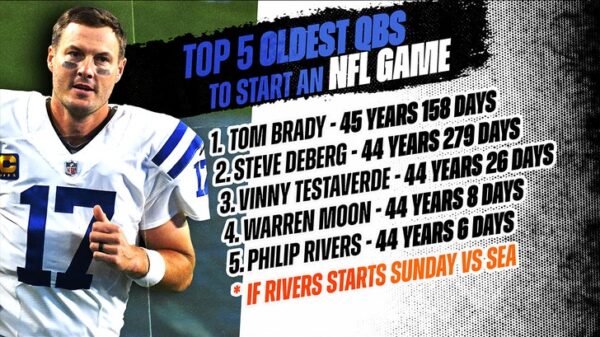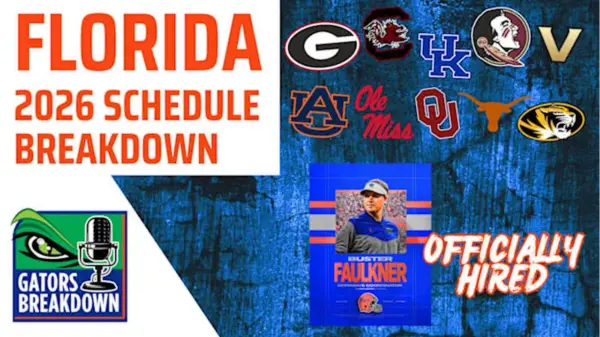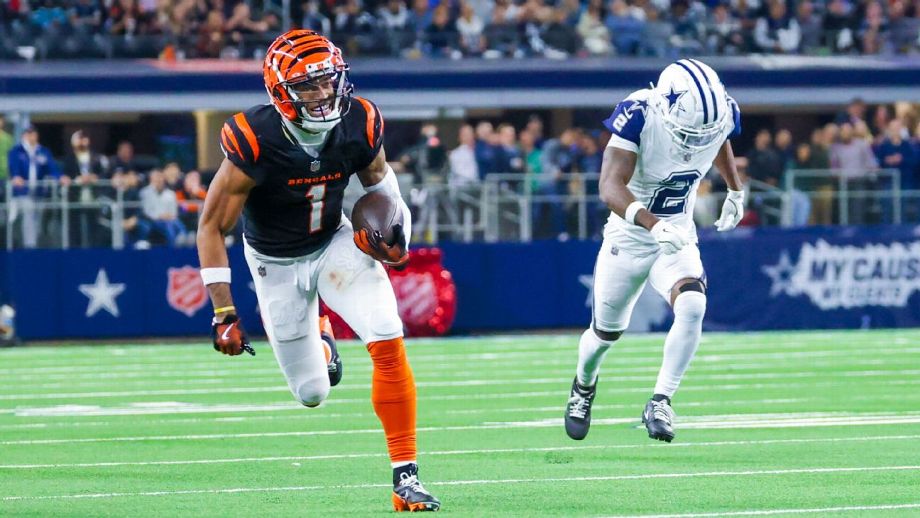Fantasy football enthusiasts are gearing up for a fresh season, and salary cap drafts are set to bring a dynamic twist to team selection. Players like Ja’Marr Chase, the wide receiver for the Cincinnati Bengals, are expected to be top picks. Chase’s impressive performance last season solidified his status as a leading player, making him a sensible choice for those drafting first overall. However, for managers selecting later in the first round, the strategy shifts significantly.
In traditional drafts, the order of selection can leave some players out of reach. Managers picking ninth or tenth may miss out on not only Chase but also other star players like Atlanta Falcons running back Bijan Robinson and Philadelphia Eagles running back Saquon Barkley. This is where salary cap drafts offer an intriguing alternative. In this format, each team operates within a fixed budget—typically set at $200—allowing managers to bid on any player they desire, regardless of their draft position.
Understanding Salary Cap Draft Mechanics
Salary cap drafts introduce a level of strategy that standard drafts lack. Managers nominate players for bidding, and the process continues until every team fills its roster. This method encourages strategic thinking and adaptability. Even if a manager has their sights set on a particular player, flexibility is key. For instance, if a fan of the Baltimore Ravens aggressively bids on quarterback Lamar Jackson, it may force others to adjust their strategies.
During the bidding process, it’s essential to remain aware of spending limits and the evolving landscape of player availability. Managers should establish clear budget limits for each position, and consider adopting a “stars-and-scrubs” strategy, where they invest significantly in a few elite players while filling the rest of the roster with lower-cost options. Alternatively, a balanced approach seeks to acquire several solid players across all positions.
Active participation in the bidding process is crucial. Observing how others allocate their budgets can reveal both overvalued and undervalued players. It’s important to avoid spending too aggressively early in the draft, while also steering clear of being overly conservative. The goal is to strike a balance that allows for a competitive roster without leaving too much budget unspent.
Preparation and Resources for Success
As the draft day approaches, preparation becomes paramount. While platforms like ESPN provide tiered rankings and cheat sheets with salary cap values, managers should develop their own rankings based on personal strategies. Keeping a printed list of players can help track availability throughout the auction, allowing for informed bidding decisions.
In addition to securing a competitive roster, managers should remember that a salary cap draft is not the final step. The fantasy season is dynamic; injuries, player performance, and bye weeks all necessitate ongoing roster adjustments. It’s wise to avoid overcommitting funds to fill less critical positions, such as team defenses or kickers, which should be addressed at the end of the draft to maximize budget efficiency.
For those new to salary cap drafts, practice is invaluable. Engaging in mock drafts can provide insight into the bidding process, helping managers familiarize themselves with the pace and strategy required. By participating in these simulations, one can build confidence and refine their approach before entering a competitive environment.
With a well-thought-out strategy, managers can navigate the complexities of salary cap drafts effectively. While it may not always be possible to secure every desired player, with careful bidding and a flexible mindset, fantasy football enthusiasts can assemble formidable teams for the upcoming season. As the saying goes, if you bid just right, you might find you get what you need.








































































